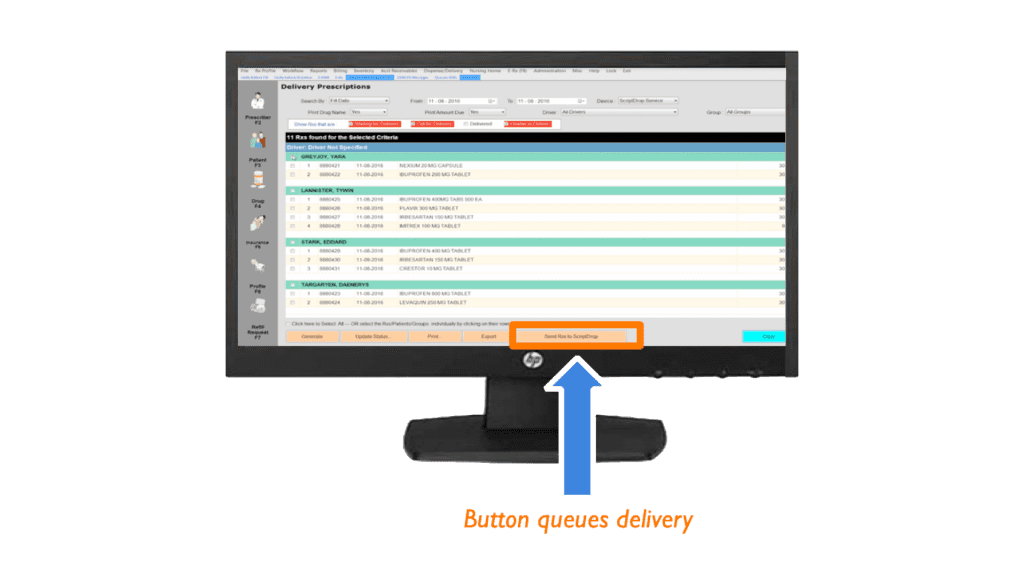Just a decade ago the biggest concern about sharing healthcare information was often deciphering a physician’s illegible handwriting. But the old paper-based charts are almost gone with more than 95 percent of hospitals and nearly 90 percent of office-based physicians adopting electronic health records (EHRs). Equally important, a burgeoning array of devices, wearables and apps offer the promise of improving quality of care while improving efficiency.
Now, the challenge is getting all that tech to connect and share information seamlessly. The buzzword is “interoperability,” which HIMSS defines as “the ability of different information systems, devices or applications to connect, in a coordinated manner, within and across organizational boundaries to access, exchange and cooperatively use data.”
But there’s a lot of work to be done to bring that vision to reality. At ScriptDrop, our team of healthcare experts are committed to finding the best way to integrate with other key players in an effort to bring patients their medications, right to their door. By working directly with pharmacy systems, at the push of a button, the medication is dispatched quickly and efficiently. We took a deeper look at what it means to truly be on board with interoperability.
In-workflow "delivery" button, integrated directly into pharmacy dispensing system.
Improving Quality
Above all, it’s about improving the quality of care by ensuring physicians and other caregivers, as well as patients, can access the right information at the right time to make the right treatment decisions.
From our perspective, the latest innovation may offer exciting functionality – but it won’t achieve its potential if it doesn’t interface with other systems to support workflows. If a provider must log in and out of different applications and portals, it takes time away from the patient.
For instance, today a physician may access an e-prescribing system to order your medications. Then he or she has to switch to another system to secure a prior authorization, then access yet another tool if you want it delivered to your home (which the doctor can initiate).
Today’s fragmented system also creates stress for providers. Physician burnout is a serious problem – and technology is often cited as a cause. Easier access to information and less toggling between tools can be part of the solution.
Controlling Costs
Seamless access to information can also help reduce healthcare costs – a critical issue for meeting the challenge of the shift to value-based care. Connected healthcare can save $30 billion annually, according to the Center for Medical Interoperability.
For instance, easier access to recent lab results will reduce unnecessary repeat testing by multiple providers. Providers will be better able to check on allergy information to help prevent adverse drug reactions. If a patient is coming out of the hospital, care teams will more easily collaborate to prevent readmissions. The bottom line — better care at lower costs.
Building Connections
There are a variety of promising efforts in the drive to interoperability. In late July, the Centers for Medicaid and Medicare Services (CMS) launched its Data at the Point of Care pilot program that will deliver health data directly to providers electronically. This will allow providers to look at previous diagnoses and procedures, medication adherence and visits with other providers.
At ScriptDrop, we’re fully committed to joining with other healthcare technology leaders to connect systems and tools to benefit patients and providers. We must collaborate to create a future where seamless information flows to improve patient outcomes, increase efficiency and reduce cost.
